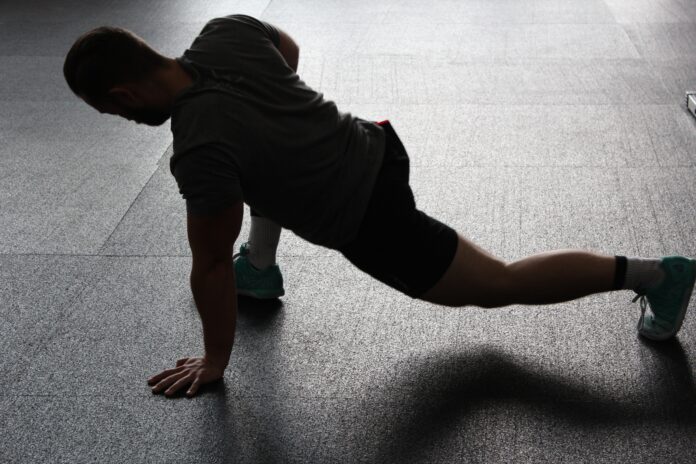Relieves Muscle Soreness
Cooling down is an important part of any exercise program. It helps to lubricate joints, increase blood flow and reduce the build-up of lactic acid in muscles, which can lead to muscle cramps and stiffness.
It also prevents the muscles from over-exerting themselves. This can lead to delayed onset muscle soreness, or DOMS, which is unpleasant and can prevent you from participating in sports or other intense activities.
Reduce Risk of Injury
A properly done warm-up and cool down are essential to avoid injury, improve flexibility, and increase your range of motion. They are also helpful for removing lactic acid from your muscles and preventing fatigue after exercise.
If you are not properly cooled down after exercise, you may experience a number of negative effects, including dizziness and light-headedness, which can result from excess blood pooling in large muscles.
Reduce Blood Pressure
Cool down exercises gradually reduce the body’s temperature and heart rate, allowing your blood to return to normal. This prevents light-headedness and dizziness, which can be dangerous if you’ve worked out hard and aren’t properly cooling down.
As a result, exercise can help to lower your blood pressure (hypertension). It is important, however, to make sure that you get medical advice before starting an exercise program.
Promotes Relaxation
Cool down exercises are a great way to promote relaxation after a hard workout. They also help reduce your heart rate and prevent cramping and stiffness.
They can be anything from simple jogging or walking to more complex yoga moves and stretching. They can be done either on their own or in combination with other cool down activities such as re-hydrating and refuelling.























